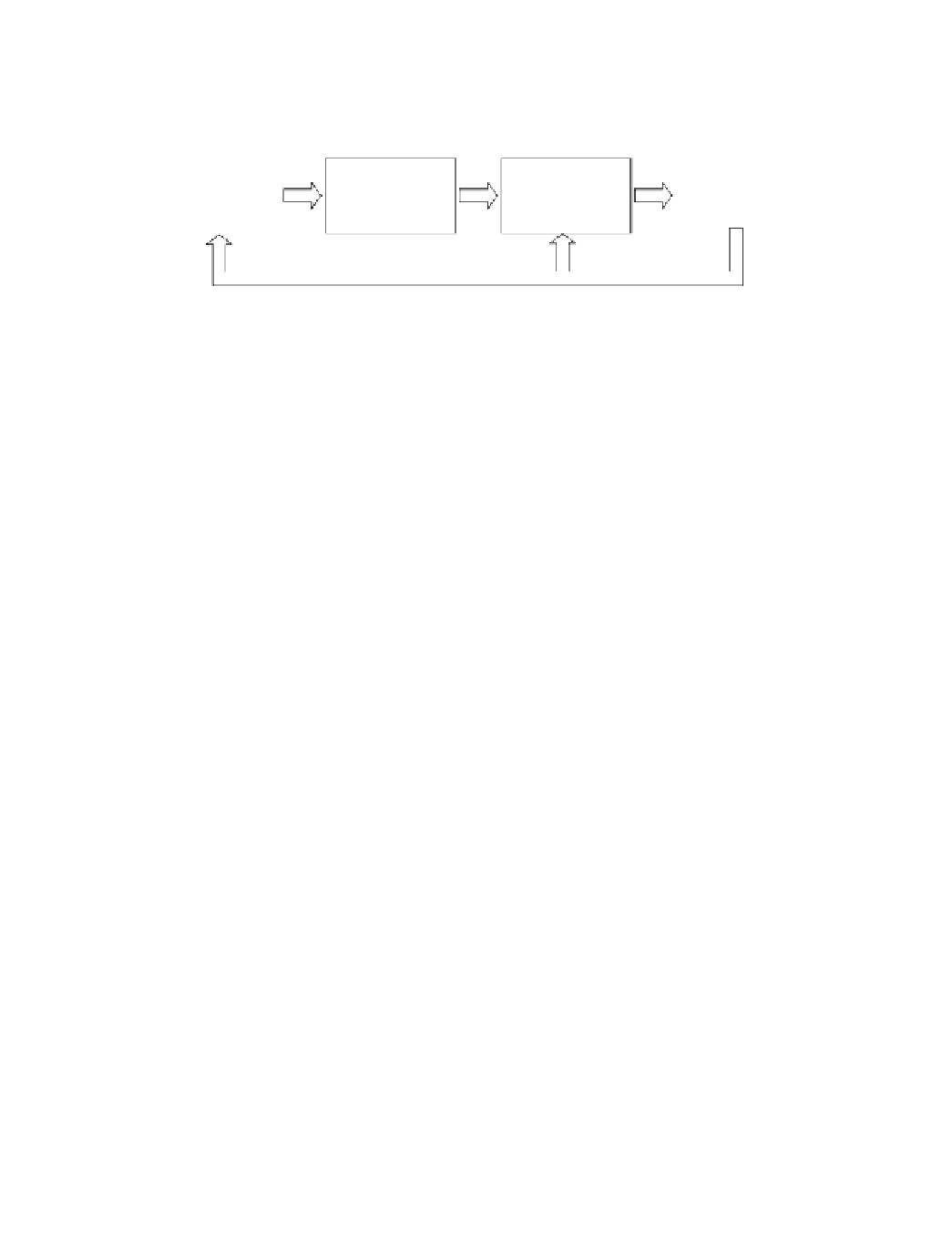Environmental Engineering Reference
In-Depth Information
Production
Marketing
Need?
R&D
Technology push
Expressed
market
need
R&D
Production
Marketing
Market pull
Figure 6.3
Technology push versus demand pull.
Adapted from Martin, 1999, used with permission.
Table 6.1
Different attributes for technology-push versus market-pull innovation.
Attribute
Radical
Innovations/
“Technology push”
Incremental
Innovations/
“Market pull”
Technological uncertainty
High
Low
R&D expenses
High
Low
R&D duration
Long
Short
Market uncertainty
High
Low
Time to market
Uncertain/unknown
Certain/known
Integration of customers in
R&D process
Difficult
Easy
Kind of market research
Discovering
Verifying
Need for change of customer
behavior
Extensive
Minimal
Type of innovation process
Trial and error
Targeted
Adapted from Gerpott, 2005, and Brem, 2008.
are often offered. Examples are tax incentives for biodiesel and ethanol production in the
United States or for the installation of photovoltaic solar panels in the United States and
other parts of the world.
To become successful, a new technology needs to be technically and economically feasible.
Currently most alternative technologies to carbon-based ones are to some extent technically fea-
sible but most of them are not economically competitive. In addition, the new technology will
have to have a magnitude large enough to replace all the consumption of fossil fuels and nonre-
newable resources in the long run. Therefore, even when there is a clear need for these technolo-
gies, the uncertainty for their development is clearly great.
In a technology-push scenario, it is often assumed that as one technology reaches
obsolescence another one takes over. An example of this assumption is the transition from
whale oil to kerosene in the mid-1800s. Before the era of electricity, lamp oil was a daily
necessity to provide illumination, and there were several alternatives available including











